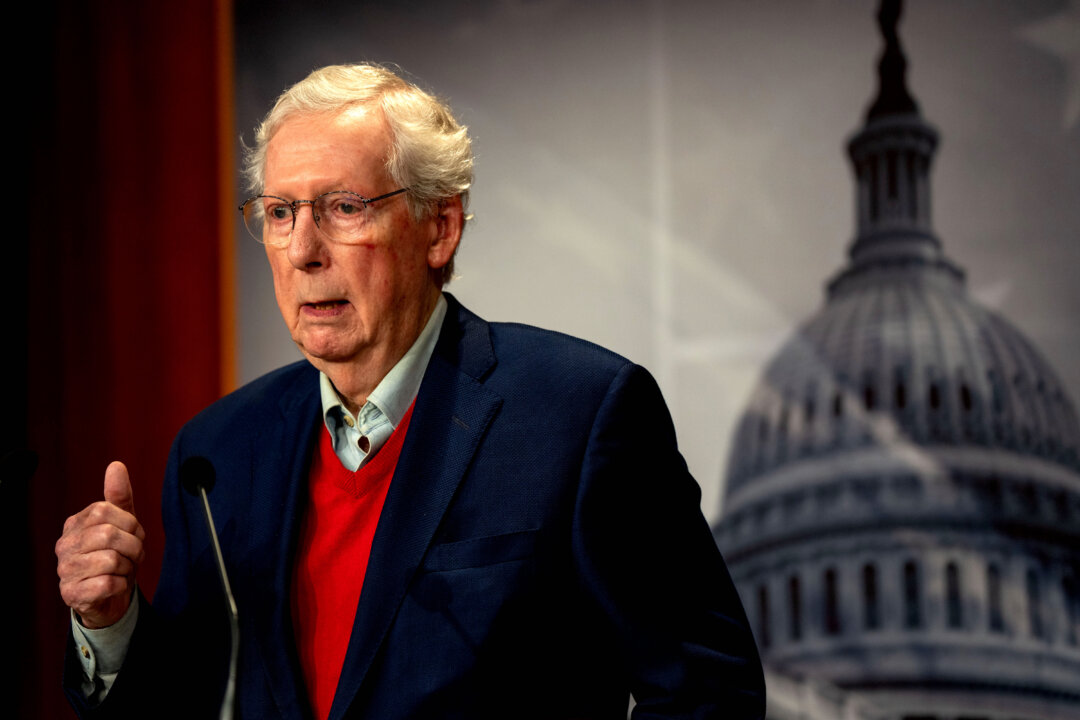
When Mr Jimmy Carter, the Democratic candidate for American president in 1976, wanted to criticise the record of the incumbent Gerald Ford, he reached for a number invented by the economist Arthur Okun. A rough-and-ready indicator of the state of the economy, what Professor Okun called the economic discomfort index, added together the unemployment rate with the level of inflation. Four years later, Mr Ronald Reagan, the Republican candidate, renamed the indicator to the pithier misery index and used it against Mr Carter, who had presided over rising inflation and unemployment.
Mr Reagan went on to win the election and the subsequent one, in 1984, as the index fell on his watch. Taken at face value, the misery index pointed to a victory for Ms Kamala Harris, the Democratic candidate in America’s latest presidential election. Over the course of President Joe Biden’s term, in which Ms Harris served as vice-president, the index fell from 7.
8 to 6.7. Many of the biggest moves came in recent months, as inflation dropped and the labour market stayed strong.
America was, according to this measure at least, far less miserable than when Mr Reagan declared “It’s morning again in America” in 1984, when Mr Bill Clinton won re-election with the New Economy in 1996 and when Mr Barack Obama won his second term in 2012. Already a subscriber? Log in Get exclusive reports and insights with more than 500 subscriber-only articles every month No contract ST app access on 1 mobile device Subscribe now All subscriber-only content on ST app and straitstimes.com Easy access any time via ST app on 1 mobile device E-paper with 2-week archive so you won't miss out on content that matters to you.














